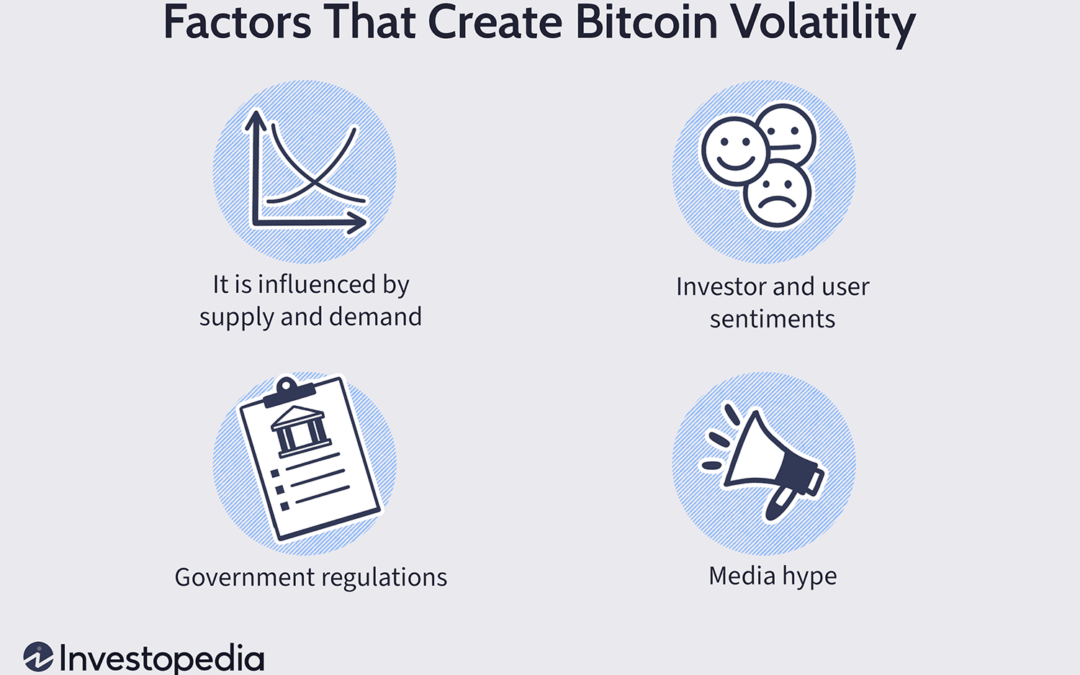What Makes the Price of Bitcoin Go Up or Down?
Bitcoin, the world’s first cryptocurrency, is often the topic of heated discussions, especially when its price takes a sudden leap or dive. Unlike traditional assets like gold or stocks, Bitcoin operates in a unique and often unpredictable way. But what exactly causes Bitcoin’s price to fluctuate so much? Let’s break it down in a simple, human-friendly way.
Supply and Demand: The Basics
At its core, Bitcoin’s price is driven by supply and demand. Bitcoin has a capped supply of 21 million coins, meaning no more can ever be created. When demand for Bitcoin increases, especially during times of market optimism, its price tends to rise. Conversely, when demand decreases or holders start selling en masse, prices drop.
Example:
During the 2021 bull run, demand skyrocketed as more people and institutions jumped into Bitcoin, pushing the price to nearly $69,000. A year later, fears of inflation and regulatory crackdowns caused demand to plummet, pulling prices down below $20,000.
Market Sentiment: The Emotional Rollercoaster
Bitcoin is highly sensitive to public sentiment. Positive news, like a big company adopting Bitcoin as payment or regulatory clarity, often sparks optimism, driving the price up. On the flip side, bad news—like hacking incidents or government crackdowns—can quickly send the market into a panic.
Institutional Interest
When big players like Tesla, MicroStrategy, or banks start investing in Bitcoin, it can cause a ripple effect. Institutional investments signal confidence in Bitcoin’s future, which often attracts more retail investors, further boosting the price. However, when institutions sell off large amounts, it can cause significant price drops.
Regulation and Legal Uncertainty
Governments play a huge role in Bitcoin’s price movements. Positive regulations, like recognizing Bitcoin as legal tender or providing tax clarity, typically boost its price. On the other hand, bans or heavy restrictions (like the infamous China mining ban in 2021) often lead to sharp price declines.
Macroeconomic Factors
Bitcoin doesn’t exist in a vacuum. Factors like inflation, interest rates, and the global economy also play a role. For example:
- During times of high inflation, Bitcoin is often viewed as a “digital gold,” leading to increased demand.
- Rising interest rates can make traditional investments like bonds more attractive, potentially pulling money away from Bitcoin.
Bitcoin Halving Events
Every four years, Bitcoin undergoes a “halving” event, reducing the reward miners receive by half. This decreases the rate of new Bitcoin entering circulation, creating scarcity. Historically, halvings have preceded major price rallies as supply tightens and demand grows.
Market Manipulation and Whales
Bitcoin’s market is still relatively small compared to traditional financial markets. This makes it more susceptible to manipulation by “whales” (investors holding massive amounts of Bitcoin). A whale selling a large chunk of their holdings can tank prices, while buying in bulk can send prices soaring.
Technological Developments
Advancements in Bitcoin’s ecosystem, such as the introduction of the Lightning Network or upgrades to scalability and security, often generate excitement and price gains. However, if Bitcoin fails to keep up with newer blockchain technologies, its price could stagnate or fall.
Final Thoughts
The price of Bitcoin is influenced by a complex mix of factors, from basic economics to global politics. While it’s impossible to predict its exact movements, understanding these drivers can help you navigate the rollercoaster of Bitcoin investing more confidently.

